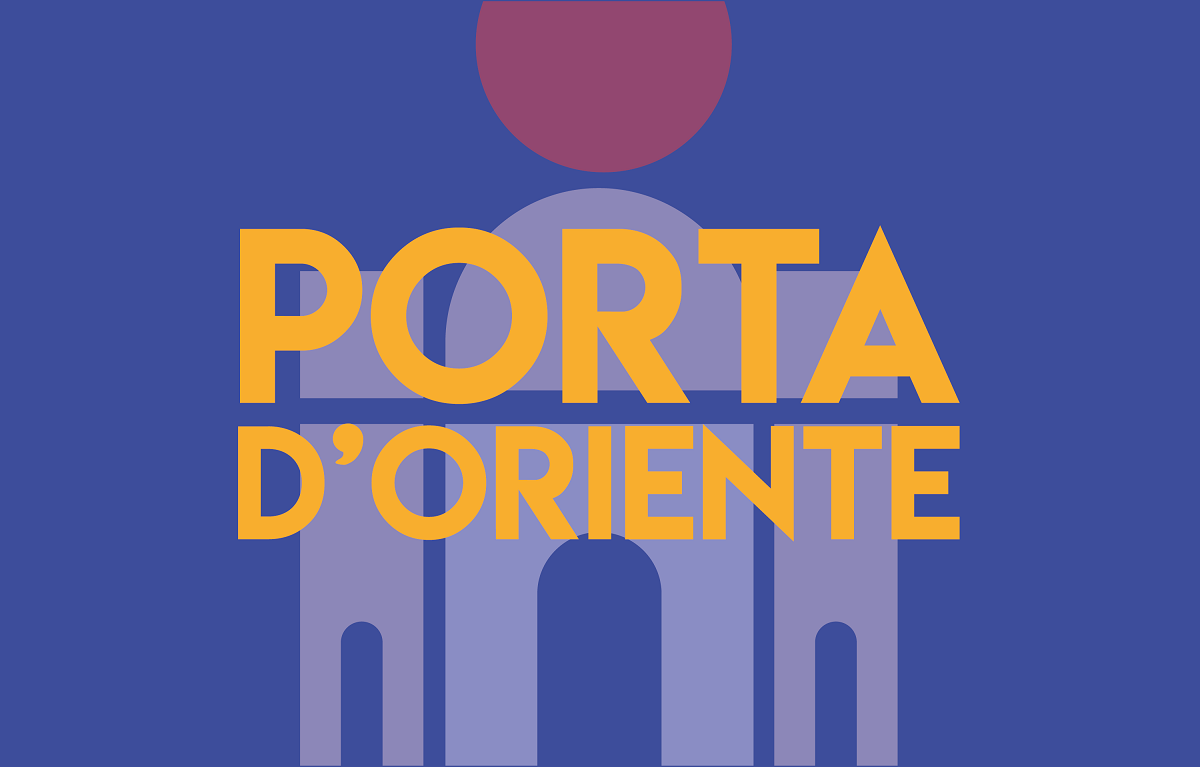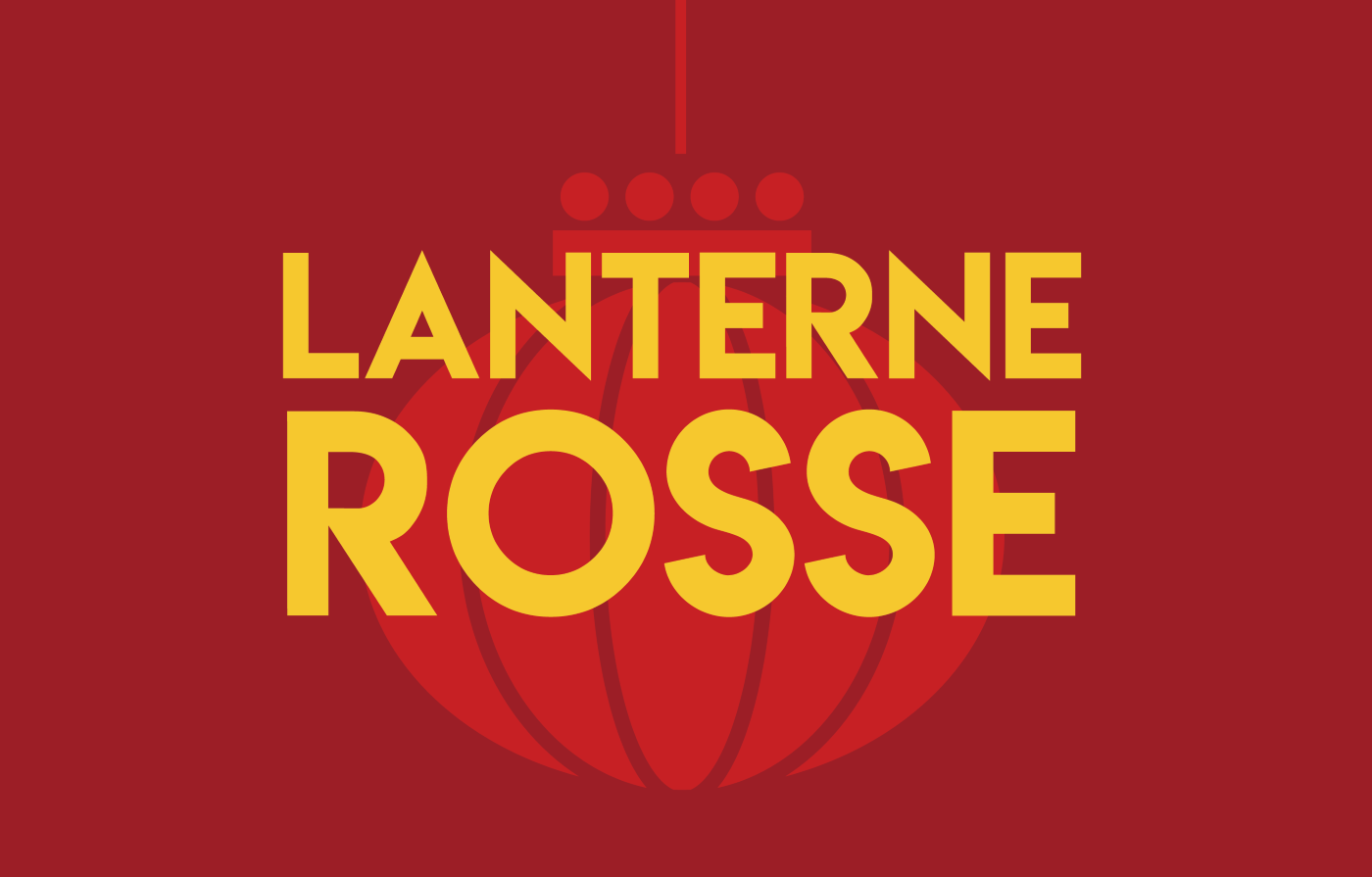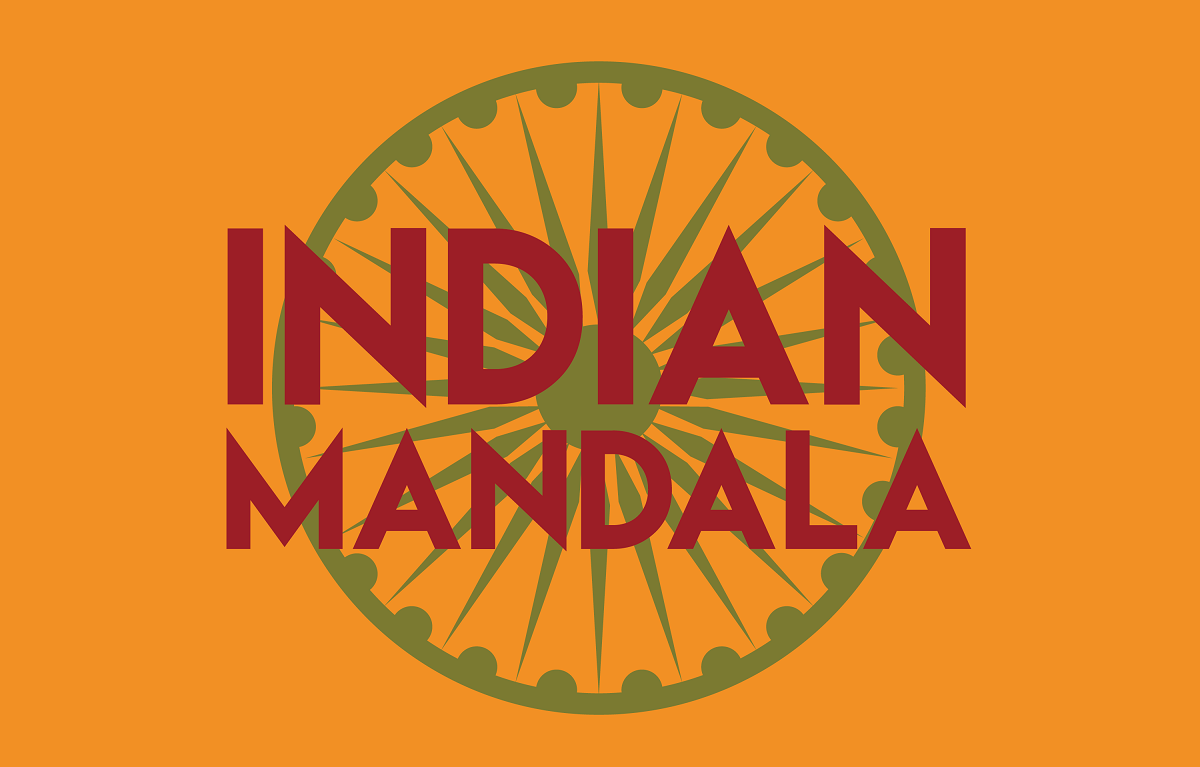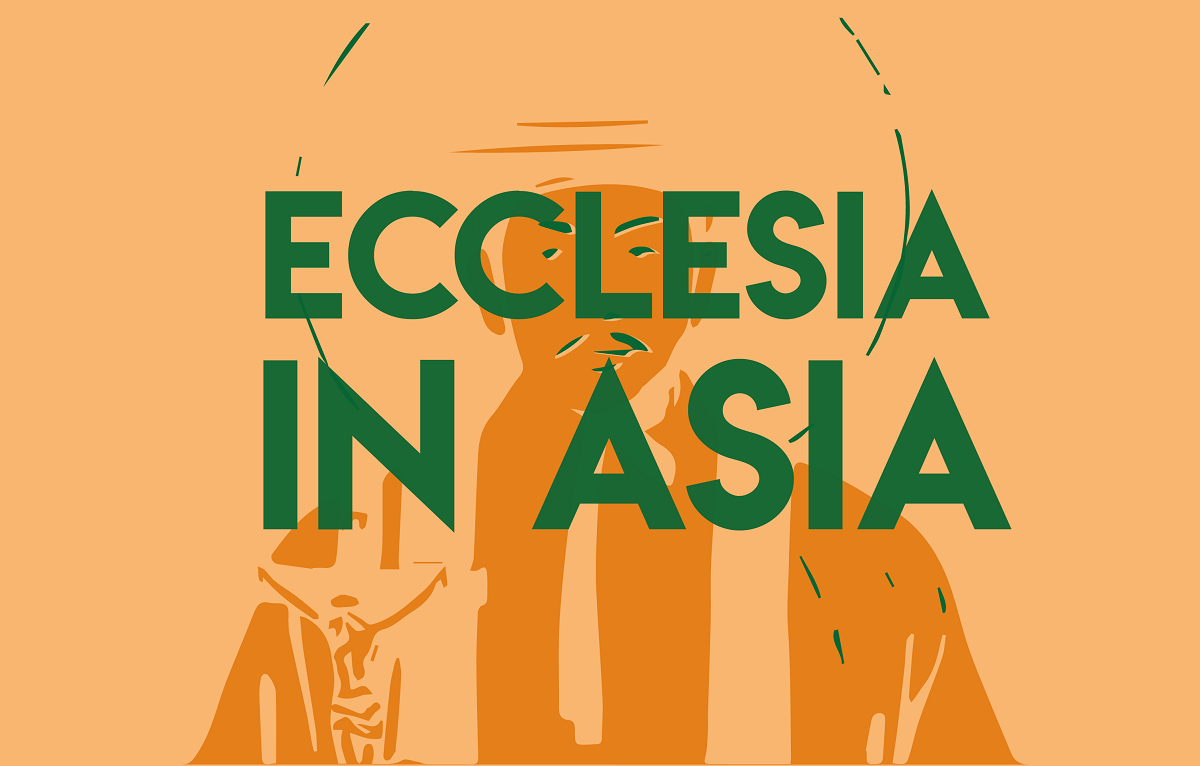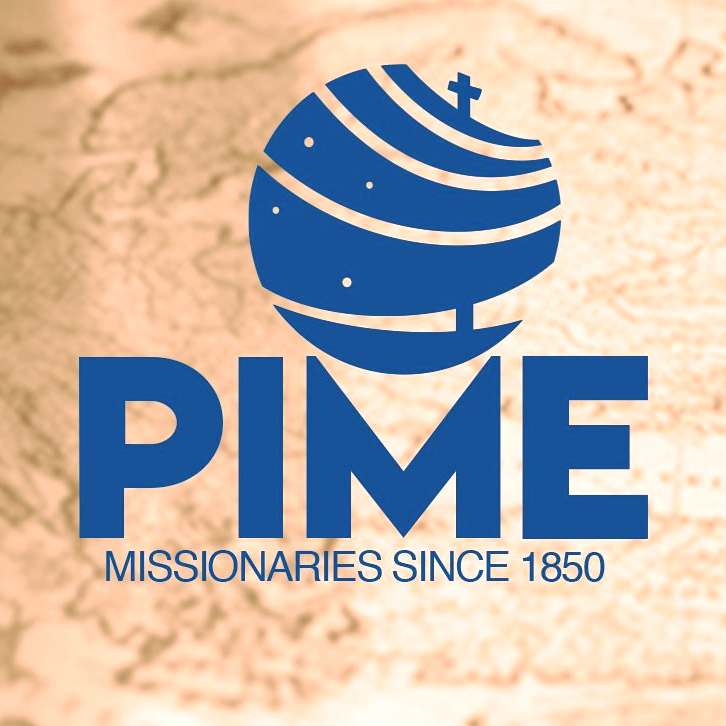The Jihad of 'Atomic' Orthodoxy
The dramatic events of the Gaza-Israel conflict are also having repercussions in Russia, where today the People's Unity Day is being celebrated in memory of the victory over the Poles in 1612. On this occasion, Patriarch Kirill of Moscow approached St Seraphim of Sarov, one of the most representative saints of the Russian identity, which today is experiencing a renewed need for self-awareness, the Russian samobynost so often evoked also by Putin.
The dramatic events of the Israeli-Palestinian conflict have sparked a reaction in the various regions of the Russian Federation that makes one factor quite evident: the correspondence between historically opposite religious extremisms, Christian Orthodoxy and Islamic fundamentalism.
Putin's Russia, bastion of "traditional values" inspired by Orthodox Christianity, today finds in the growth of the Muslim revolt against Israel new lifeblood to affirm its specificity compared to the Anglo-Saxon West, aligned with the "Israeli enemy" and "Jewish Nazism" of Ukraine.
The figure of the enemy of the "true faith" is confused among the various expressions of "modern" religions and cultures, to be contrasted with the "traditional" ones understood as "non-aligned", regardless of their own confessional identities.
November 4, the feast of the popular unity of Russia in memory of the victory over the Poles in 1612, this year celebrates the exaltation of "atomic Orthodoxy", making an extreme comparison proposed by the Patriarch of Moscow Kirill with the devotion to one of the saints more representative of the Russian identity itself, Saint Seraphim of Sarov, than the nuclear experiments of the Arzamas base, next to the Diveevo monastery where the remains of the "Russian Saint Francis" of the nineteenth century rest.
In 1946 the KB-11, the main institute of the Soviet atomic project (now the Russian Federal Nuclear Centre), was installed right in the pustyn, the monastic "desert" where Saint Seraphim had lived as a stylite for years on top of a rock, a very isolated place (the Mordovian woods), but at the same time strategically close to the city of Nizhny Novgorod, center of the military industry during the Second World War, and less than 500 kilometers from the capital Moscow, certainly not an excessive distance for size of Russia.
The managers of the nuclear institute probably hadn't paid much attention to the coincidence with the place of the devotion, but the expression "Atomic Orthodoxy" was then used again on several occasions.
In 1998 the Russian writer Maksim Kalashnikov, pseudonym of the journalist Vladimir Kučerenko, in the book “The Broken Sword of the Empire”, hoped to “strengthen the Orthodox core of our empire, a sword that sharpens in the moment of battle, an atomic Orthodoxy, if you want", in which "faith joins winged missiles and sharp radars, just as the Arzamas nuclear center stands on the memory of Saint Seraphim".
The following year, the Eurasianist artist Aleksej Beljaev-Gintovt painted an apocalyptic picture, a cross that extends over the panorama of the world leveled by weapons, entitled "Atomic Orthodoxy".
In 2003, the Museum of Nuclear Weapons was opened on the site of the saint by the scientist and professor Viktor Lukjanov, and already then the ascetic canonized at the behest of Tsar Nicholas II was presented as the "patron" of the atomic arsenal by the Orthodox metropolitan of Nizhny Novgorod , the Soviet war hero Nikolai (Kutenov), who had begun the restoration of the Diveevo monastery.
These expressions therefore go back to profound dimensions of the Russian Orthodox and patriotic consciousness, which in its apocalyptic tension feels that it cannot live fully without identifying the enemy to be destroyed, which opens up the prospect of a new world to be reconstructed.
It is therefore not specifically a question of inter-ethnic or inter-religious hostility, but of a need for self-awareness, the Russian samobynost so often recalled by Putin and Kirill. In this sense we cannot even speak explicitly of Russian anti-Semitism, but of the use of the stereotype of the "evil" Jew, so widespread in the world, not only Islamic or Christian, to reiterate the need to affirm the Orthodox truth against anyone who is a stranger to it .
Even during the Catholic celebrations in honor of the deceased in recent days, which were associated with the veneration of the saints and the memory of Stalin's victims, there were aggressive demonstrations against, in this case, the very "Poles" with whom all the Catholic descendants of Russia, the historical enemies of the seventeenth-century Troubles.
In the Levašovo cemetery, near St. Petersburg, the Catholic procession for the commemoration of November 2nd gathered around Bishop Nikolaj Dubinin, which found a hostile reception committee in a group of young people from the so-called Volonterskaja Rota, the "Guard of Volunteers” who normally help keep the city clean. The youth held up signs reading Poles! Stop rewriting history! Stop protesting the monuments to Soviet heroes! Have you forgotten who freed you from fascism?
The demonstrators did not carry out violent actions, but continued to provoke with shouts and accusations, disturbing the celebration of the Holy Mass, which Bishop Nikolaj presided in front of the monument to Catholics repressed in Soviet times.
The installation was removed by unknown persons in June, and on 30 October a symbolic composition was placed in place of the missing monument. One of the demonstrators held up an explicit sign in this regard: Stop installing Polish monuments without permission in Russian cemeteries!, even if the service was celebrated in Russian for Russian-speaking Catholics, regardless of ancient or recent family origins.
The Rota has evidently transformed from a normal group of civilian volunteers for cleaning (and even for donating blood and collecting stray animals) into yet another imitation of the "military companies" which according to recently rediscovered purposes deal with of "patriotic education of youth, and preservation of historical memory".
In Makhachkala in Dagestan they were Islamic activists hunting "Jews", in St. Petersburg they were Orthodox zealots baring their teeth at the "Poles".
The Poles are the true representatives of the "Ucronazi" ghost, as the clashes around the Dnieper and Don rivers, which separate the different variants of the Eastern Slavs, have spanned history from the 14th to the 20th century, and Ukraine is only the final outcome of this endless war.
And from Poland the Jews who had been persecuted for centuries throughout Europe had arrived in Russia, before leaving from the port of Odessa to establish the new State of Israel. From the Russian point of view, the continuity of conflicts is simple to summarize: they are all enemies of Holy Russia, be it Orthodox or Islamic.
After all, the Muslim religion only established itself towards the end of the Tatar yoke, which initially had no confessional connotations (Genghis Khan had also created his empire on the tolerance of local cults and traditions), and maintained a profile of "devotion patriotic" even under the atheistic Soviet regime, which did not feel the need to persecute Muslim populations too much.
It was then the terrorism of Al Qaeda, and later of ISIS, that provoked identitarian reactions in Russians; Putin himself was installed in government in 1999 to combat Islamic radicalism that was spreading in Chechnya.
The Soviet republics with an Islamic majority, like the ex-Soviet states of Central Asia, try to impose a less "theocratic" vision, where religious leaders must submit to secular governments, and perhaps the same presidents and local politicians rewrite the Koran to own advantage.
It is the symphony of powers proposed by Byzantine-derived Orthodoxy: the patriarchs and mullahs dictate the line, the presidents and generals impose it by force, in the name of the Unity of the People.
Already in 2007, in a large press conference, Vladimir Putin stated that "the traditional confessions of the Russian Federation, together with the shield of nuclear weapons, are the fundamental components that strengthen Russian statehood".
It remains only to hope that the jihad of the Islamic Orthodox faith does not include atomic war in the articles of the Russian katekhon, "that which holds back" according to Saint Paul, the "universal patriotic dogma" according to the disciples of Saint Seraphim of Sarov.
RUSSIAN WORLD IS THE ASIANEWS NEWSLETTER DEDICATED TO RUSSIA. WOULD YOU LIKE TO RECEIVE IT EVERY SATURDAY IN YOUR E-MAIL? TO SUBSCRIBE, CLICK HERE.
21/06/2025 11:42
11/11/2023 19:54
08/11/2025 12:54
01/11/2025 11:14





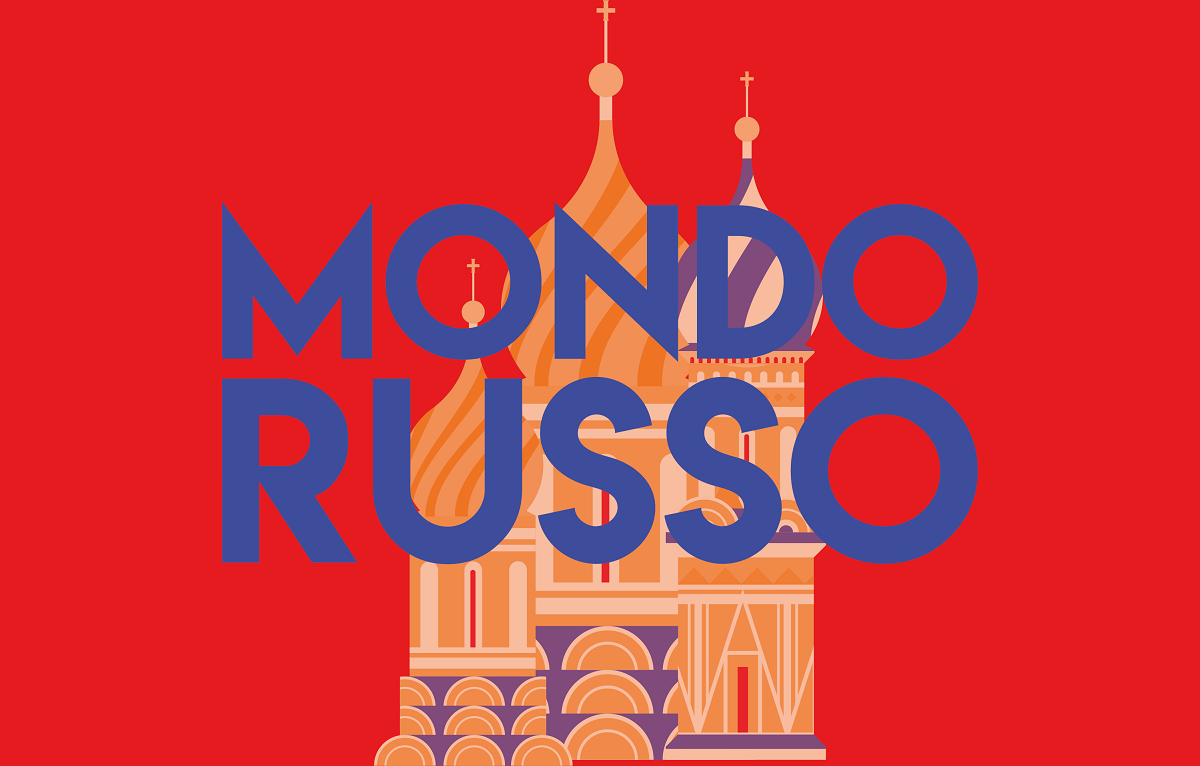

.png)
